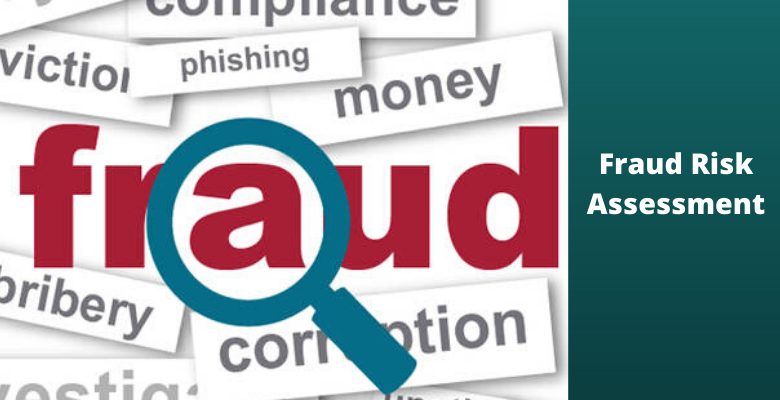How and When Should I Assess Fraud Risk

Setting up and running a business or organization is always hard. There are various threats and risks that you inevitably are subjected to when you sign up for this way of living. It can be hard to identify the dangers and perils you can go through even if you are experienced and have been a part of business strategy and outcomes for years now. Assessing fraud risk is never easy. This is why you need all the help you can get and ensure you know the ways and means that go into meticulous fraud risk evaluation.
Assessment to help you understand fraud risk
The management uses assessment as a tool to recognize and take into account the risks involved in the business. It helps identify the weak spots that can lead to fraud risk in an organization or business. Following the identification of the risk, a plan is put into place to minimize or do away with these risks. This can be done by putting into motion controls or procedures. Following this, you can assign specific individuals to look after and effectuate the plan.
What should fraud assessment look into?
Ideally, fraud risk assessment should look at illegal acts, asset misappropriation, regulatory compliance areas as well as non-financial and financial reporting. This assessment should be performed regularly. Other than this, it also needs to be altered as and when required. Changes that lead to modifications can be as a result of organizational structure, internal controls, and processes as well as segregation of duties among various personnel.
Essentials that go into fraud risk evaluation
There are various elements that go into the evaluation of fraud risk. These include the following.
Recognition of anti-fraud controls
This refers to any preventative, detective controls as well as internal controls that are up and running.
Its importance to the organization
It is important to understand whether the risk is incidental or catastrophic to the organization.
Description of schemes or fraud risk
Some instances of this include theft as a result of cyber fraud, fraudulent disbursements, false employee certifications and qualifications, undisclosed relayed parties or relationships, theft of services or assets, revenue recognition, manipulation of liabilities and expenses, bribery, inappropriate journal entries, non-compliance with government rules and regulations as well as improper disclosures and reporting.
Evaluation of control effectiveness
This moves along the scale of ineffective to extremely effective in nature.
The chances that the risk is likely to occur
This takes into account the probability of the occurrence that is from remote to extremely possible that it can happen as well as the frequency that takes into account rare to very frequently occurring.
Finding of responsible individuals
This ensures you can implement controls as well as mitigation efforts and practices in a seamless manner.
Response to fraud risk
Corrective actions as well as other additional controls that are proposed should be put into place to avert the chances of fraud.
Monitoring activities
This includes activities that are carried out periodically as well as the frequency of the occurrence.
Who should perform these assessments?
These assessments always need to be conducted by managers and management for every important department or area in the organization or business setup. After this is conducted, all the managers of the various departments can sit down and jointly discuss the preventative and detective measures that can be introduced to do away with risks. You can perform this assessment depending on the matrix, narrative, or any other format. This ensures easy reading, evaluation, and comprehension.
How companies can rise above
To ensure corporate fraud investigation is a rare occurrence, companies can develop strategic techniques such as document analysis and review, development of common fraud scenarios, putting together surveys, and gaining an understanding of electronic data analysis. Other than this, interviews with designated individuals of management, process or/and control owners as well as facilitated fraud risk execution workshops and sessions can be conducted.
All in all, the assessment of fraud risk is just a single tool that can be utilized intelligently to put together an all-encompassing approach to manage this type of situation. This also puts into effect a fraud risk policy as part of organizational governance. Other than this, you also obtain detective and preventive fraud control activities. This puts together a well-coordinated approach to investigate and put into action the best possible corrective action to minimize potential blows.





